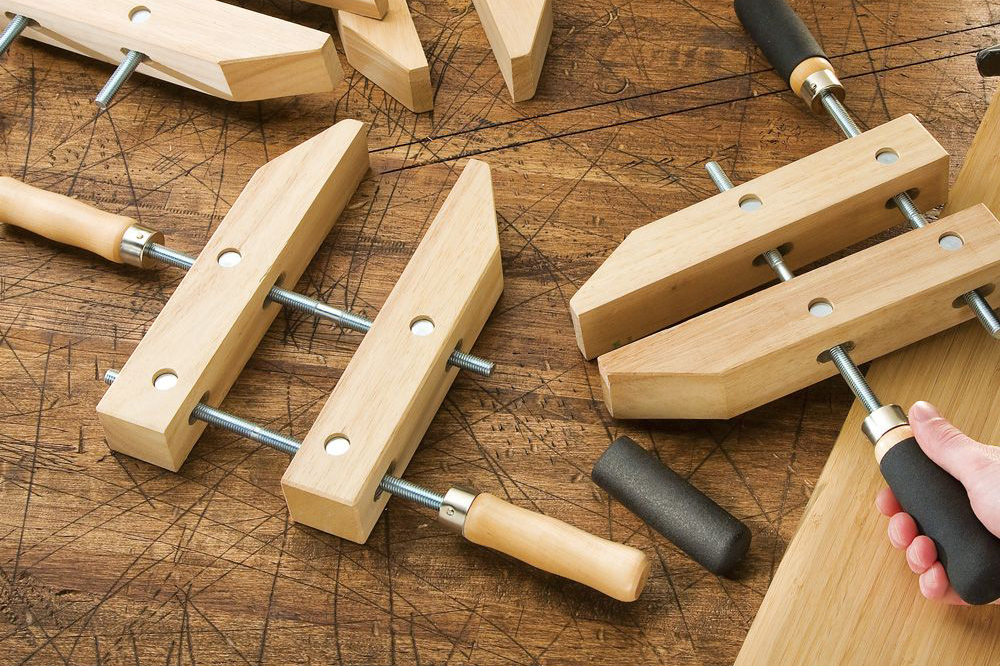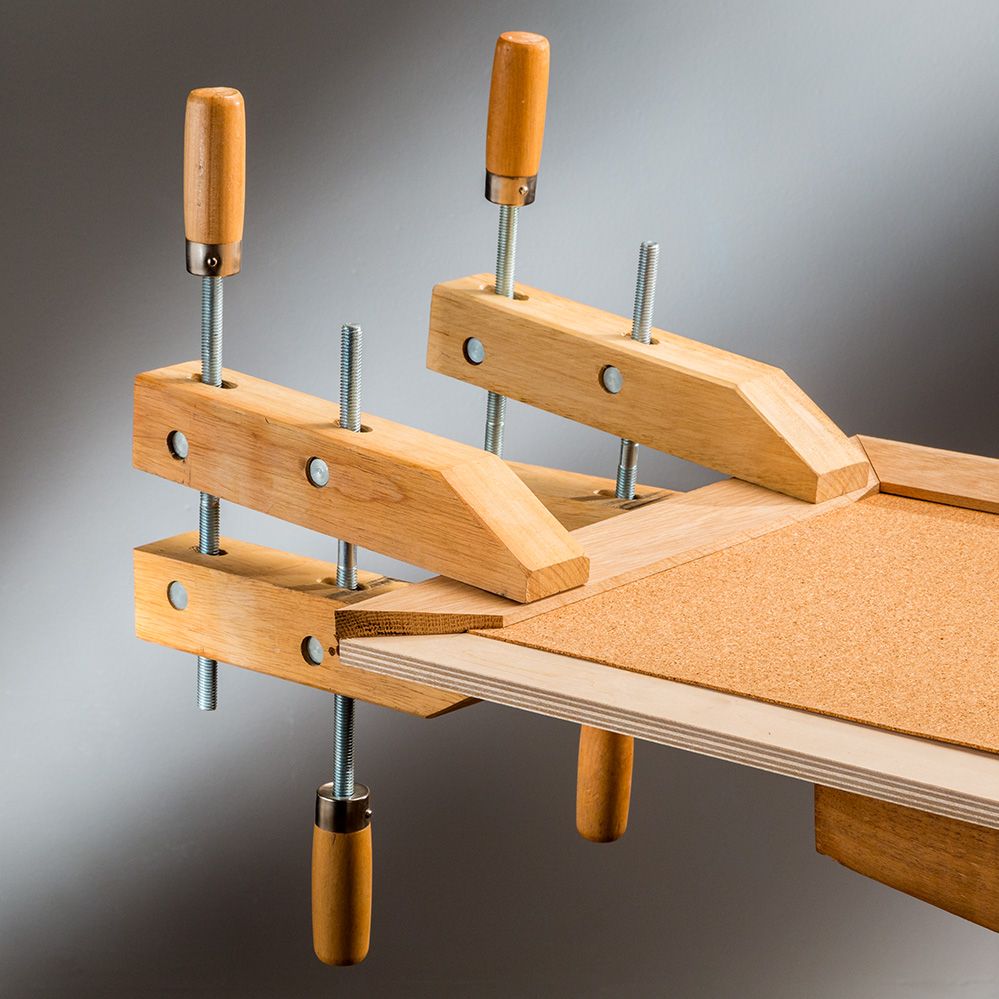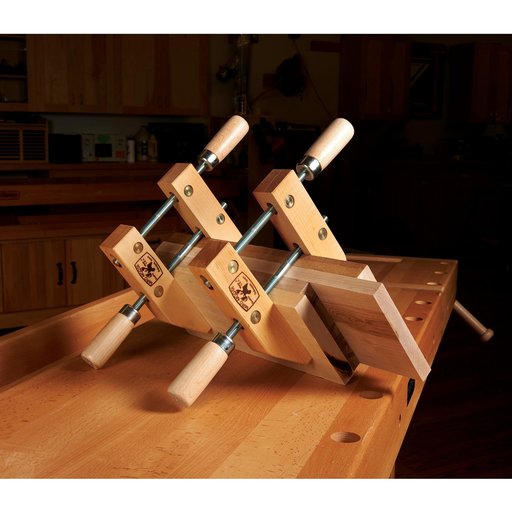Mastering Wooden Handscrew Clamps: A Guide to Effective Woodworking
The appropriate tools are crucial in the realm of woodworking for producing accurate and durable results. The wooden handscrew clamp is a multipurpose device that has endured ages. With this vintage clamp, you can easily secure workpieces while performing various woodworking chores. This article will discuss how to effectively use a wooden handscrew clamp to improve your woodworking abilities and guarantee projects that turn out well.
Basic Concepts:
A wooden handscrew clamp has two adjustable jaws that are joined by a threaded rod. With the help of the rod, you can tighten or loosen the jaws to securely grip workpieces of all sizes and shapes. For jobs that need for consistent pressure over the full length of the workpiece, these clamps are very helpful.
Selecting the Correct Clamp Size:
Wooden handscrew clamps are available in a variety of sizes, which are normally determined by the length of the jaws. Make sure the jaws have enough clearance to retain the item without interfering with the clamping process and select a clamp size that corresponds to the dimensions of your workpiece.
Getting Ready the Workpiece:
Make sure the surfaces that will be clamped are dust- and debris-free before applying the clamp. A strong bond between the workpiece and the clamp is ensured by proper preparation.
Setting Up the Clamp:
Position the clamp such that it applies consistent pressure along the whole clamping surface of the workpiece. Place the jaws in contact with the workpiece and parallel to one another.
Rotate the threaded rod to change the distance between the jaws when adjusting the jaws. The jaws can be adjusted by rotating the rod in either a clockwise or counterclockwise direction. Make sure that both sides of the workpiece are evenly touched by the jaws.
Applying Pressure:
Turn the rod slowly to squeeze the jaws together and exert pressure on the workpiece. Aim to avoid overtightening as this might harm the wood or change the contour of the workpiece. Without creating deformation, the objective is to establish a solid grasp.
While the workpiece is being clamped, make sure it is still aligned and in the proper position. To maintain alignment and guarantee consistent pressure, adjust the clamp as necessary.
Drying and Curing:
Keep in mind that clamping with wooden handscrew clamps can help distribute pressure evenly, aiding effective glue bond formation, if you’re utilizing glue throughout your woodworking project. Observe the drying and curing times suggested by the glue you’re using.
When the glue has dried or your woodworking project is finished, carefully move the threaded rod in the other direction to release the clamp’s jaws. Make sure the workpiece is not disturbed or harmed while you carefully remove the clamp.
Wooden handscrew clamps are enduring tools that are a great help with woodworking tasks of all shapes, sizes, and levels of complexity. Woodworkers can achieve precise, secure, and effective outcomes by grasping the fundamentals of using these clamps, from choosing the right size to proper adjustment and application. Ensure that your creations are held firmly in place throughout the whole woodworking process by adding the adaptability and dependability of wooden handscrew clamps to your toolset. This will help you improve your art.



Comments
Add comment